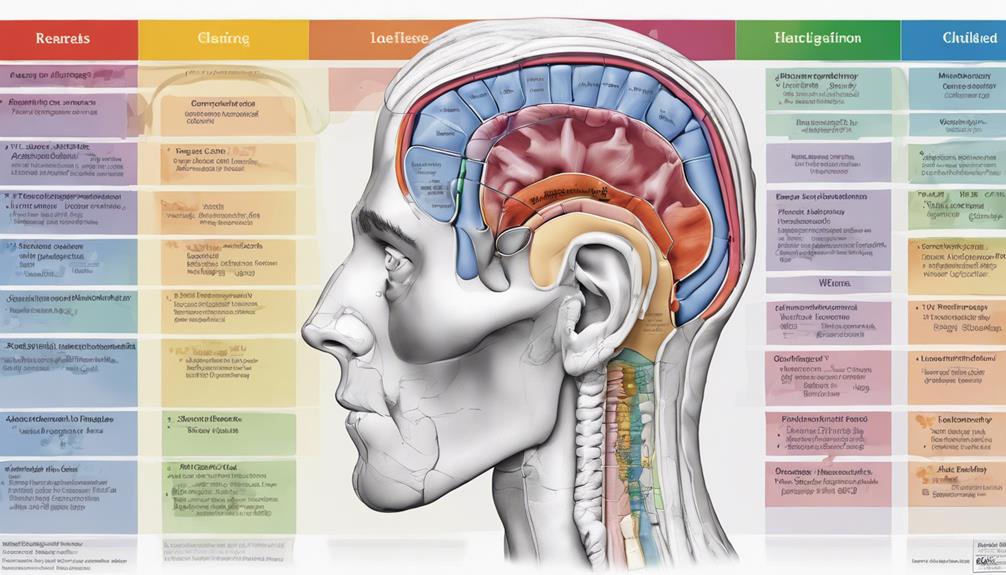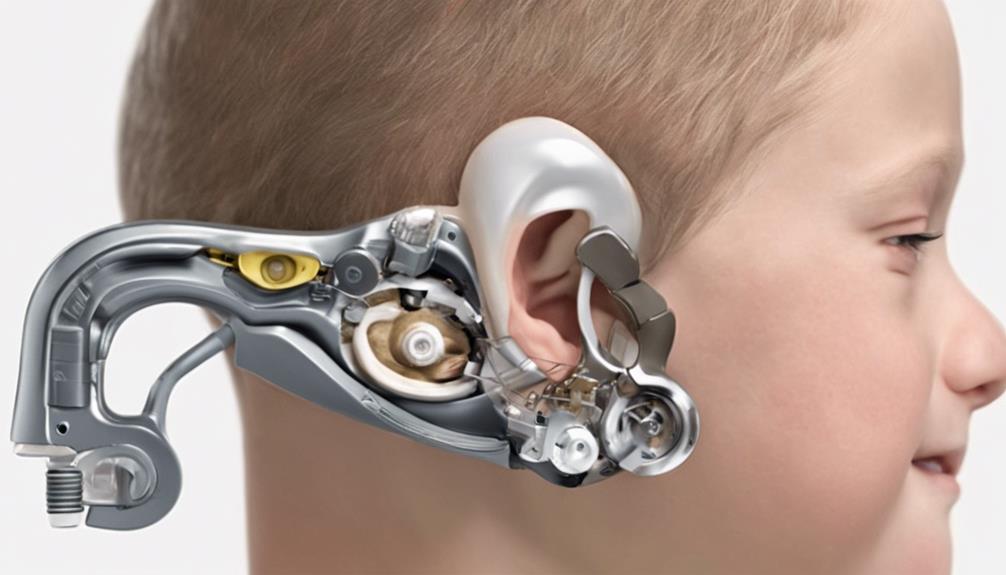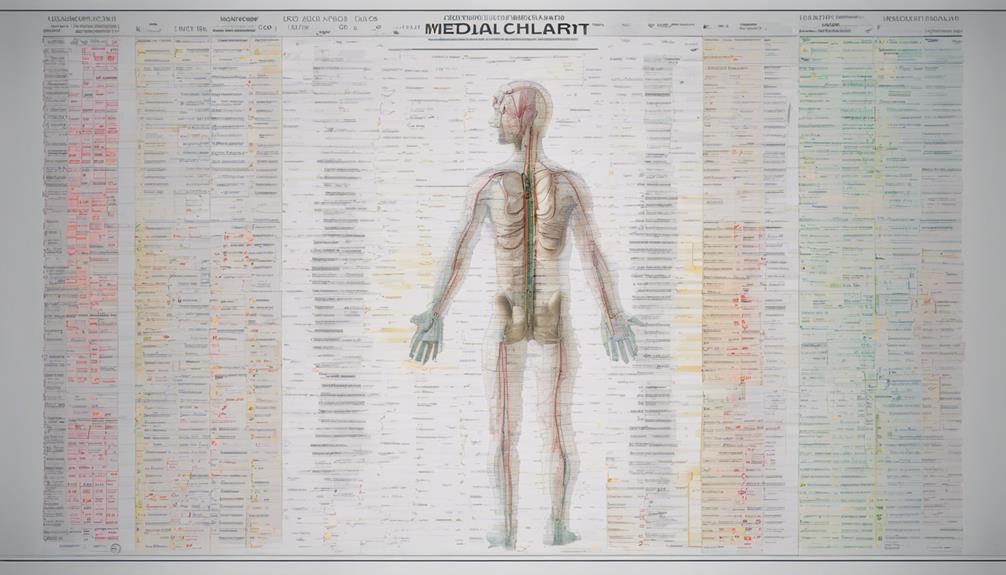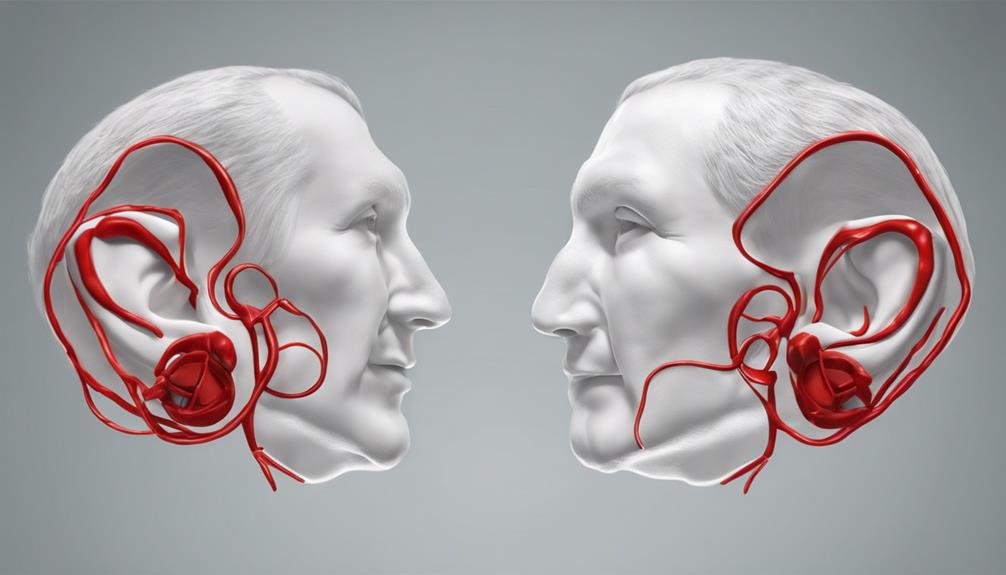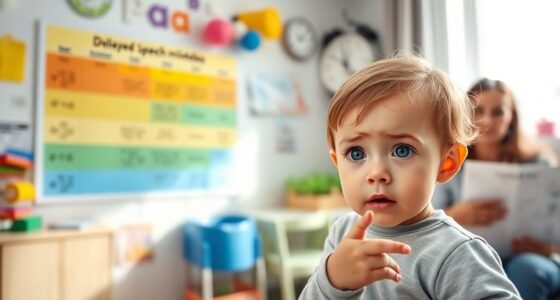As healthcare providers, we are well aware of the important role that precise coding plays in the diagnosis of hearing loss. However, do we truly grasp the nuances of the Unspecified Classification in the ICD Guide? Understanding these classifications in depth can have a significant impact on patient care and reimbursement processes.
Exploring the depths of the ICD Guide reveals not just coding rules but also sheds light on the broader implications for clinical decision-making and treatment strategies. Let's unravel the layers of complexity together and uncover the hidden insights waiting to be discovered in the realm of hearing loss classification.
Key Takeaways
- Utilize ICD-10-CM code H91.90 for unspecified hearing loss categorization.
- Early identification crucial for appropriate interventions in hearing impairments.
- Avoid prolonged use of unspecified codes for accurate treatment.
- Comprehensive assessment through various tools enhances outcomes in hearing loss management.
ICD Classification for Hearing Loss
Understanding hearing loss classification begins with the utilization of the ICD-10-CM code H91.90 for unspecified hearing loss in an unspecified ear. This code serves as a foundational tool for categorizing hearing impairments and plays a crucial role in guiding healthcare professionals towards appropriate interventions.
When it comes to newborn screening, early identification of hearing issues is paramount. Factors such as auditory processing disorders and congenital cytomegalic virus (CMV) can contribute to sensorineural hearing loss. Through assessments like automated auditory brainstem response (ABR) testing, healthcare providers can detect hearing problems promptly, enabling early intervention strategies.
Unspecified Hearing Loss Categories

Utilizing the ICD-10-CM code H91.90 provides a foundational framework for categorizing unspecified hearing loss in clinical contexts. When dealing with unspecified hearing loss, it's crucial to understand the various categories that fall under this code.
Sensorineural hearing loss, a common type of hearing loss, is often included in unspecified classifications due to the lack of specific information on the condition. Mixed hearing loss, which involves a combination of sensorineural and conductive hearing loss, may also be classified under unspecified codes.
Various risk factors such as genetics, aging, exposure to loud noise, and certain medical conditions can contribute to unspecified hearing loss. Proper assessment through hearing screenings and tools like the Newborn Hearing Checklist is essential for identifying and addressing this condition.
Coding for Hearing Loss Diagnosis

When diagnosing hearing loss, accurate coding is crucial for proper billing and treatment planning. Here are some key points to consider when coding for hearing loss diagnosis:
- Specificity Matters: Different types of hearing loss, such as sensorineural hearing loss, require specific ICD-10-CM codes for precise diagnosis in each ear.
- Exclusion Criteria: Pay attention to Excludes1 notes under H91.90 to ensure you aren't coding conditions together that should be coded separately.
- Risk Factors Consideration: When coding for hearing loss, take into account risk factors alone, such as a family history of hereditary hearing loss or conditions like cleft palate.
- Diagnostic Tests: Ensure proper coding for hearing screening tests like the Newborn Hearing Checklist and diagnostic tests like otoacoustic emissions testing or automated auditory brainstem response tests, typically performed by an audiologist.
Understanding these coding principles and guidelines is essential for correct usage of ICD-10-CM codes in hearing loss diagnoses.
Understanding Hearing Loss in ICD
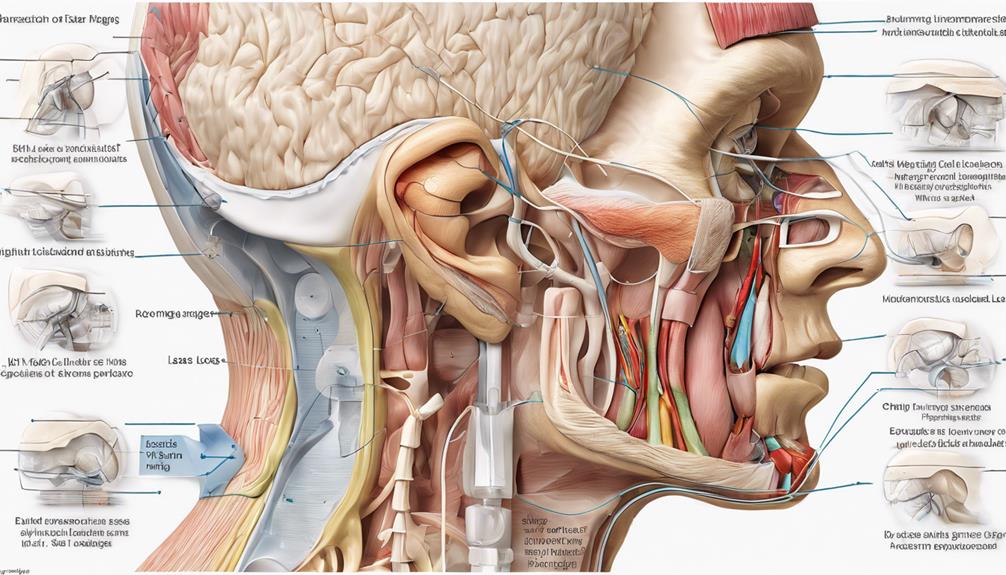
In the realm of ICD coding for hearing loss, precision in utilizing specific codes is paramount for accurate diagnosis and treatment planning.
When dealing with sensorineural hearing loss in an unspecified ear, the ICD-10-CM code H91.90 comes into play. Proper understanding of coding guidelines is crucial to ensure that conditions related to hearing loss are accurately documented.
It's important to note that this code excludes conditions like abnormal auditory perception, impacted cerumen, and noise-induced hearing loss. Billing and treatment planning rely heavily on the correct sequencing of codes and specificity in their application.
Additionally, special considerations must be made for bilateral diagnoses, as different guidelines exist for coding these instances. By adhering to the coding principles of ICD-10-CM, healthcare providers can enhance the accuracy of their documentation, leading to improved patient care and streamlined administrative processes.
Implications of Unspecified Classification

Unspecified classification in ICD-10-CM coding serves as a temporary solution for cases where specific details regarding hearing loss aren't available. When dealing with hearing loss, the implications of using unspecified codes like H91.90 can impact the care and outcomes for individuals. Here are four key points to consider:
- Move towards Specific Diagnoses: Strive to transition from unspecified classifications to detailed diagnoses through comprehensive evaluation and testing.
- Avoid Prolonged Use: Unspecified codes should only be utilized temporarily until a more precise diagnosis can be established to guide treatment effectively.
- Enhance Outcomes: Early intervention based on accurate diagnoses can significantly improve ultimate receptive language and overall development in individuals with hearing loss.
- Comprehensive Assessment: Utilize tools like the Newborn Hearing Checklist (AAP), hearing screening, screen for ocular disorders, and diagnostic ABR testing, especially in cases of prolonged NICU admission, to determine the most appropriate course of action promptly.
Frequently Asked Questions
What Is the ICD-10 Code for Hearing Loss Unspecified?
The ICD-10 code for hearing loss unspecified is H91.90. It's crucial to understand this code for accurate classification. Exclusions like abnormal auditory perception and noise-induced hearing loss are important to note. Proper coding ensures correct reimbursement and avoids errors.
When billing speech therapy, pairing H91.90 with diagnosis code F80.4 may be relevant. Following chapter-specific guidelines is essential for precise classification and proper documentation.
What Are the Classification of Hearing Loss?
Hearing loss can be categorized into sensorineural, conductive, and mixed types based on the affected part of the auditory system. Sensorineural involves inner ear or nerve damage, conductive occurs when sound waves can't reach the inner ear due to blockages, and mixed is a combination of both.
Proper classification is crucial for accurate diagnosis and treatment. Understanding these distinctions helps in providing effective management strategies tailored to the specific type of hearing loss.
What Is the Difference Between Other and Unspecified in Icd-10?
When coding in ICD-10, it's important to differentiate between 'Other' and 'Unspecified' codes. 'Other' codes indicate a known condition without a specific code, while 'Unspecified' is used when details are lacking for a more specific code. Selecting the correct one is crucial for accurate diagnosis and billing.
'Other' implies sufficient documentation but no specific code, while 'Unspecified' signifies insufficient information. Proper coding ensures precise reporting and billing.
Is Cookie Bite Hearing Loss a Disability?
Cookie bite hearing loss can impact communication but may not always qualify as a disability. Despite challenges in understanding speech, individuals with this condition navigate daily life.
Treatment options like hearing aids can improve hearing abilities. Working with audiologists and healthcare providers is crucial for effective management.
It's essential to address communication difficulties and optimize speech understanding in various environments.
Conclusion
In conclusion, mastering the ICD Guide for Understanding Hearing Loss Unspecified Classification is essential for accurate coding and treatment of patients with hearing disorders. By following the detailed coding principles and recommendations outlined in the guide, healthcare providers can ensure proper diagnosis, billing, and intervention for individuals with sensorineural hearing loss.
Remember, understanding these guidelines is as crucial as having ears to hear the world around us!

